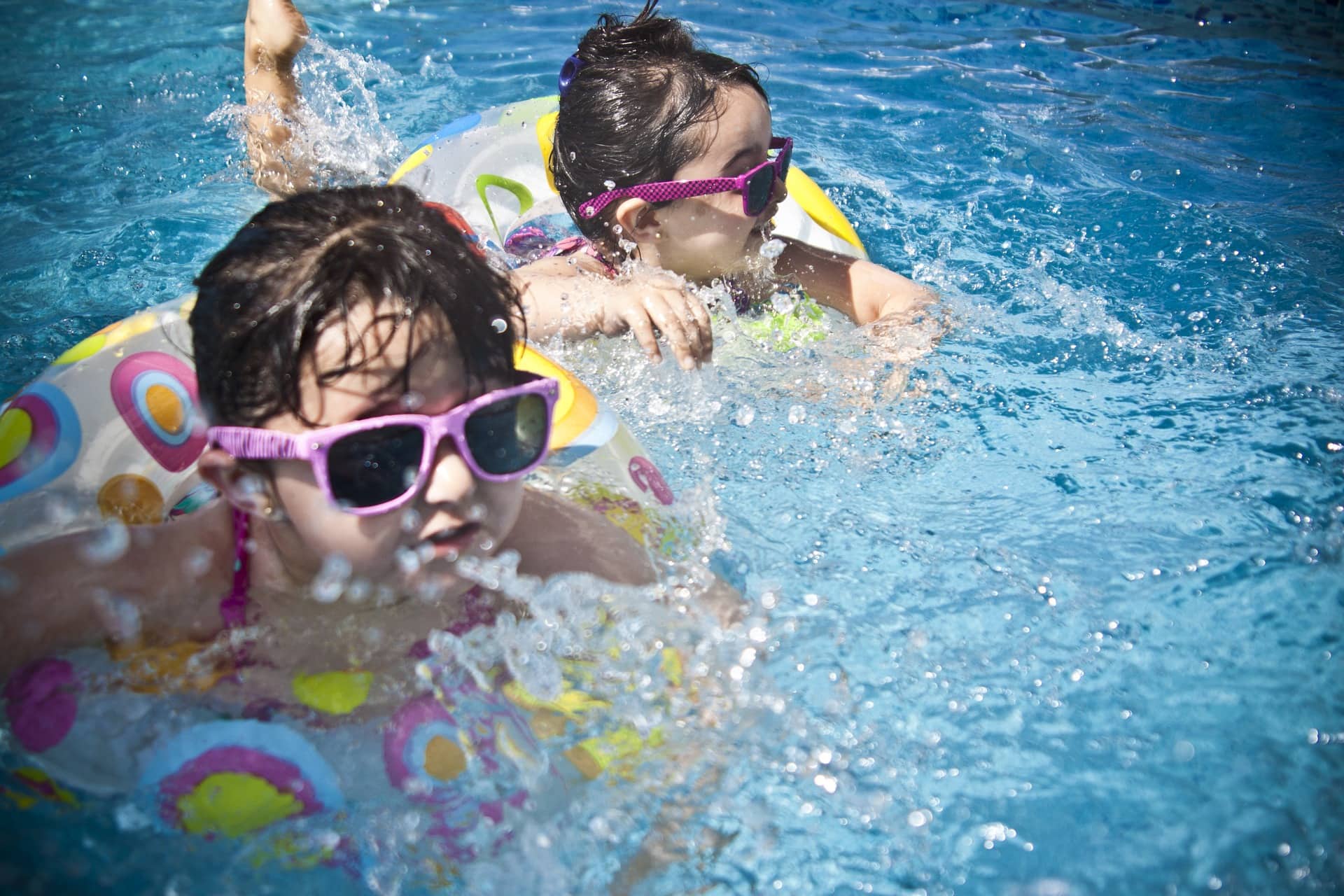
Photo by Pixabay
Owning a swimming pool isn’t just a summer job. There are steps homeowners with pools must take year-round in order to keep their backyard oasis clean, safe, and well-maintained. From pool parties to lazy afternoons on a float, owning a pool can give families many joyful memories. Even if you only jump in during the warm summer months, it’s still important you keep the pool safe and maintained during the fall, winter, and spring.
Pool safety and maintenance go hand in hand. A well-maintained pool is much safer for people of all ages, especially kids. Why is safety so important? According to the Red Cross, more than 200 children die each year by drowning in backyard swimming pools. If this number weren’t sorrowful enough, more than 4,000 children under the age of 5 go to the emergency room each year with swimming pool-related injuries.
With the right attitude about maintenance and safety, you can make sure your household doesn’t become a tragic statistic. Are you a homeowner with a swimming pool or a buyer on the hunt for a house with one? Let this guide walk you through a basic maintenance and safety checklist for:
- Daily, weekly and monthly pool maintenance
- Avoiding common maintenance mistakes
- Safety techniques for in and around the pool
- Making safety a priority for the whole family
Conduct Daily, Weekly, and Monthly Pool Maintenance
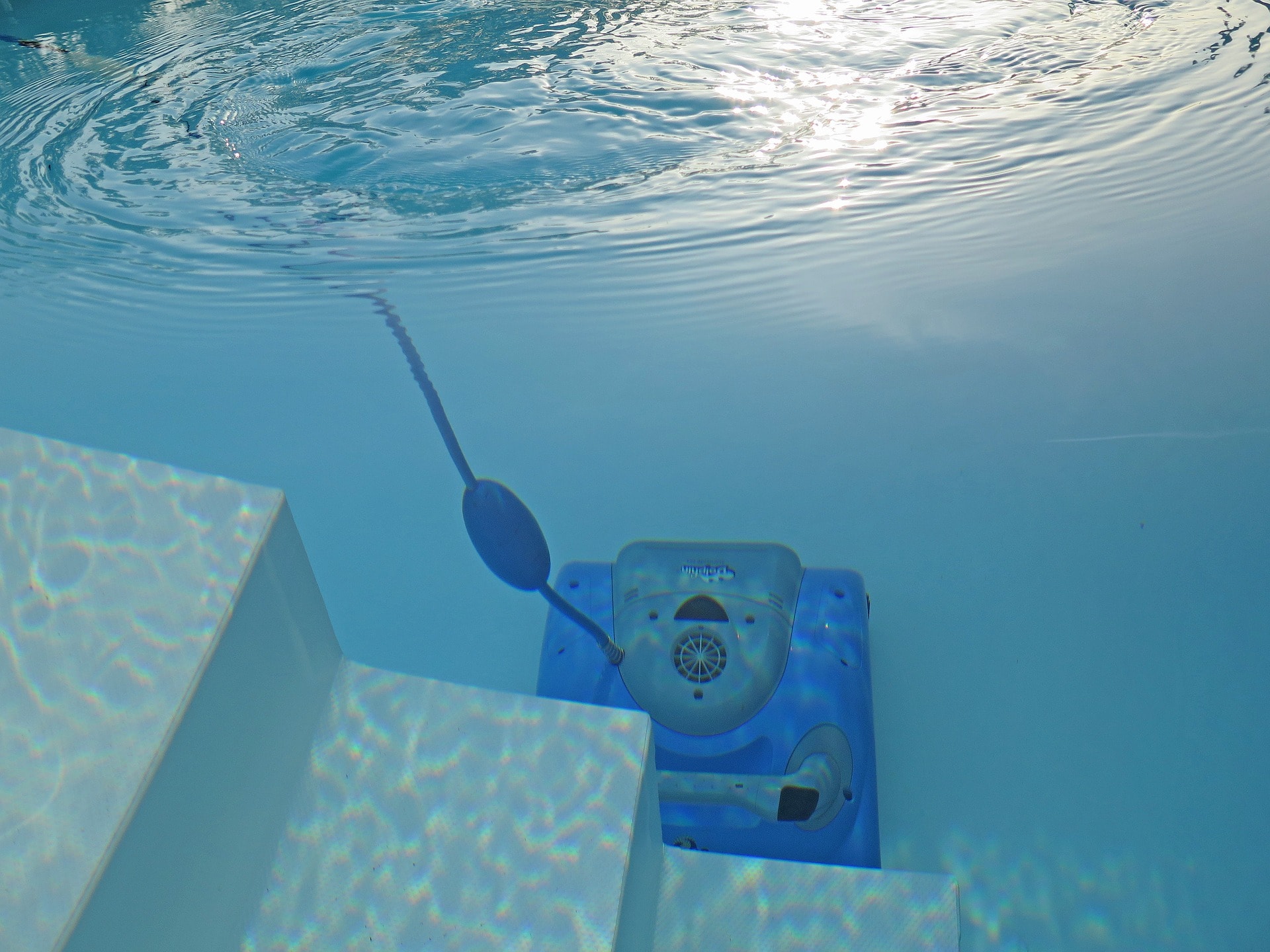
Photo by Pixabay
Owning a pool is a big responsibility, but it is one that also comes with big rewards. From teaching a little one to swim for the first time to relaxing on a warm weekend afternoon, owning a pool has many perks. Those benefits, however, can quickly be outshined by algae, chemicals, and cloudy water. That’s why regular pool maintenance is so important. Let’s simplify things by breaking down those tasks into three categories: daily, weekly, and monthly.
Daily Pool Maintenance Tasks
Pool maintenance consists of daily checks to make sure things seem normal. A few basic tasks include:
- Checking the water level. If you are noticing a significant drop in water level, there could be a leak.
- Removing debris from the filter, pump, pool cleaner, and baskets to prevent clogs.
- Checking the chlorine/salt and pH levels every couple of days to keep them steady. Take the time to review the pH level after a storm — rainwater can alter it.
- Conducting a safety check on all fences and gates that prevent kids and animals from getting into the pool area unsupervised.
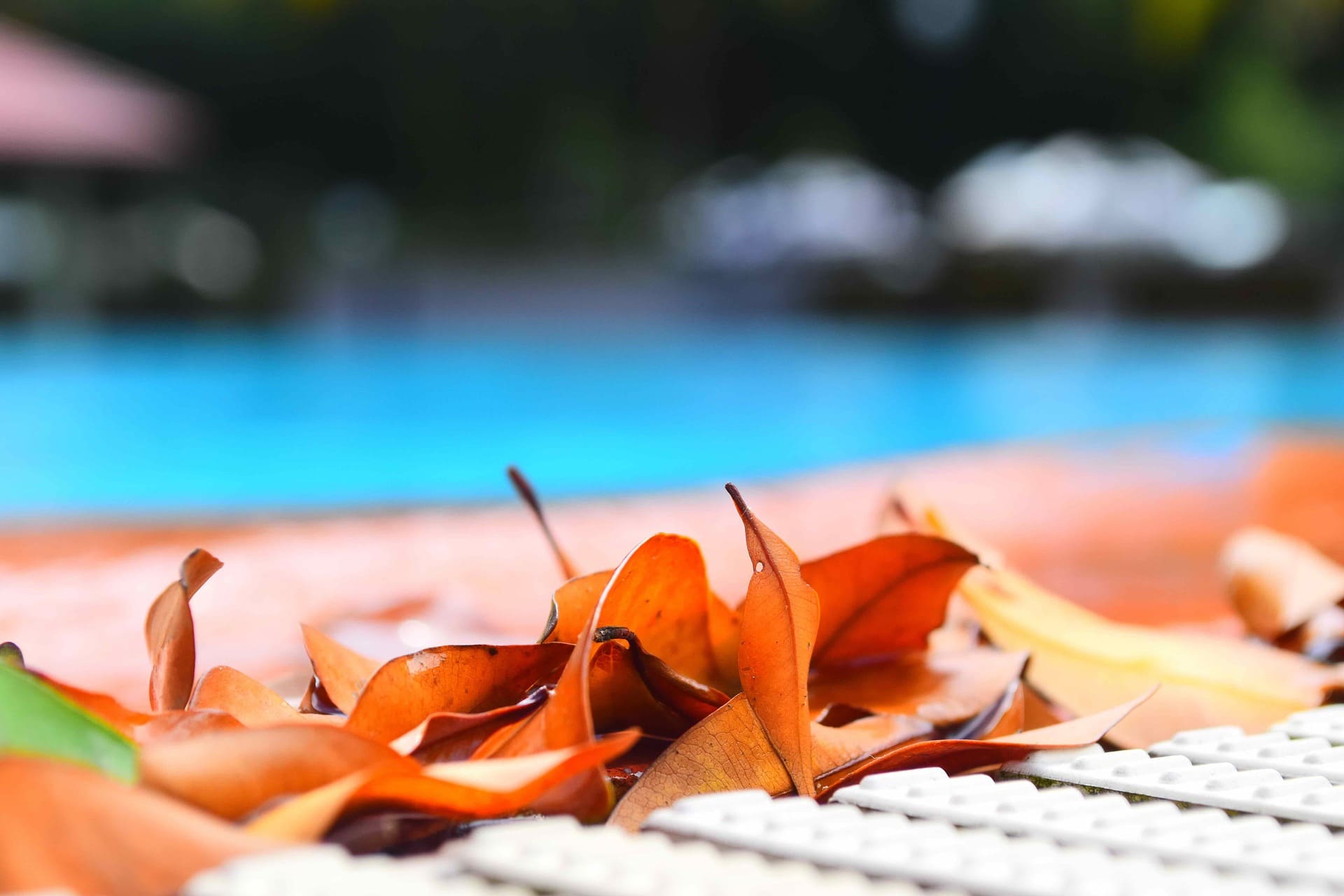
Weekly Pool Maintenance Tasks
If your pool gets a lot of use, some weekly tasks might need to become daily to-do list items. Go with a schedule that aligns with your comfort level. However, at least once a week, you should:
- Skim leaves out of the water, clean the sides of the pool, and remove any lawn debris from around the pool that could make its way in.
- Make sure the total alkalinity of the pool water is in the right range. This makes it easier to maintain safe pH levels.
- Shock your pool to get rid of bacteria, reduce the odor from chlorine, remove sunscreen residue, and eliminate body waste. For some pools, this only needs to be done on a bi-weekly or even monthly basis. Again, it depends on how much use your pool gets.
Monthly Pool Maintenance Tasks
Monthly maintenance gets a bit more involved and complex. While some daily or even weekly tasks might get pushed back a day or two, commit to a regular routine with a focus on:
- Cleaning equipment, like the skimmer.
- Cleaning out the water lines and making sure equipment is also cleaned.
- Treating the water for calcium and hard water by monitoring — and balancing, if needed — the pool saturation index.
Conducting daily, weekly, and monthly maintenance will help you prevent any major — and costly — issues from arising. However, in order to make sure these checks get done properly, you’ll want to be sure you sidestep making any maintenance mistakes.
Avoid Common Maintenance Mistakes
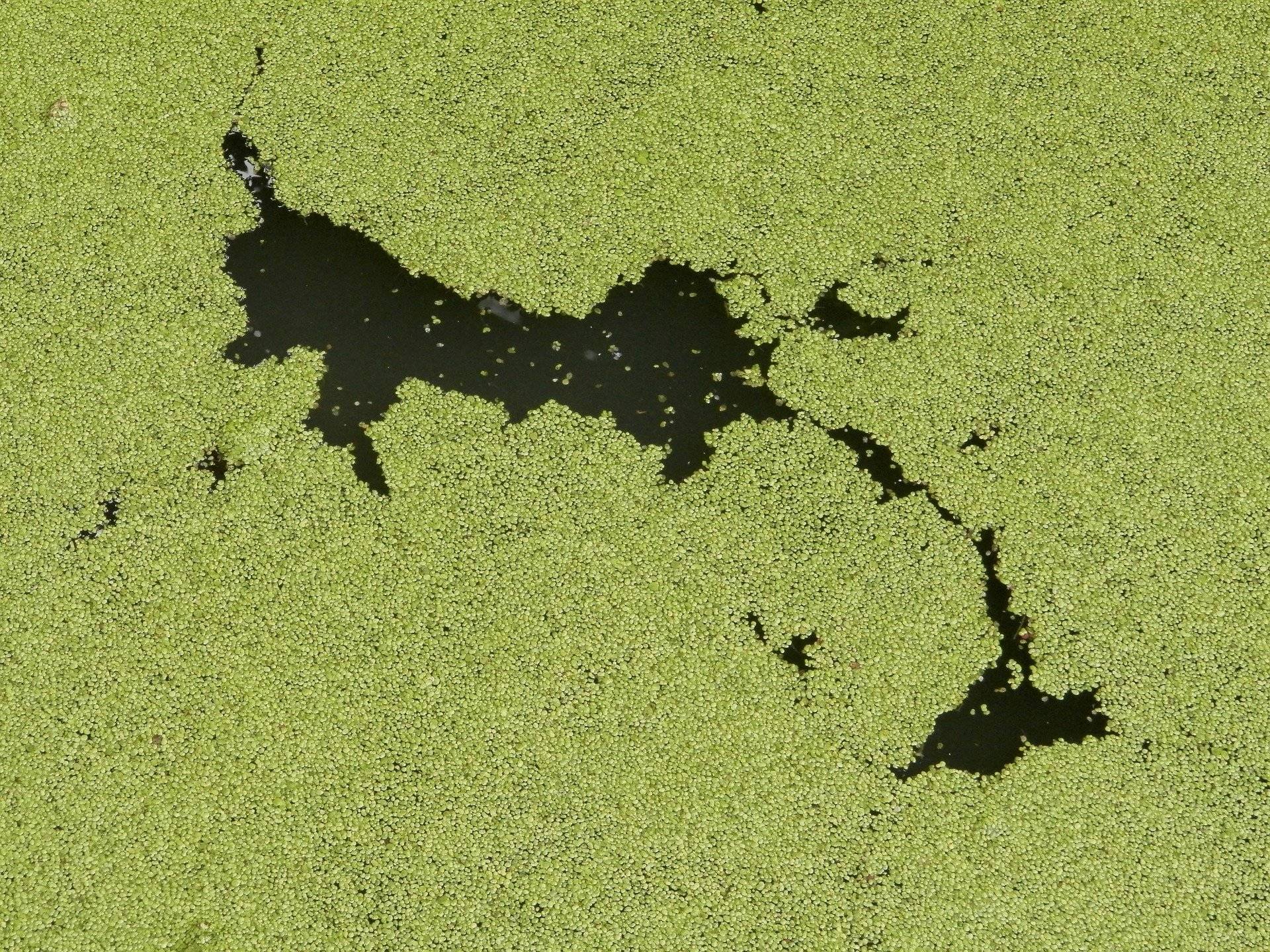
Photo by Pixabay
When conducting regular maintenance on your pool, it’s common to take things a bit too far, especially when working with chemicals for the first time. Regardless of your mistakes, try not to beat yourself up. It’s easy to miss a step or forget a task when you have so many upkeep projects to remember. Here are a few common pool maintenance mistakes and ideas for avoiding them:
- Adding shock directly to the water: Shocking your pool basically involves high amounts of chlorine to kill off any bacteria. If you add shock directly to your water, you can damage the liner and cause leaks (not to mention it makes swimmers itchy, smelly, and uncomfortable).
- Solution: Be sure to dissolve chlorine in a bucket of water before adding it to the pool.
- Using too much chlorine: Putting too much chlorine in the water will make your swimmers feel lethargic, burn their eyes, and generate a sharp, offensively pungent smell.
- Solution: Go chemical-free and try something other than chlorine, like an ionizer, ozonator, or less-harsh chemical compounds.
- Overdoing backwashing: An important part of basic pool care, backwashing is a deep clean for your pool filter. If you backwash too frequently, it can damage the whole system.
- Solution: Keep an eye on your pressure gauge. You want it sitting between 10 and 15 pounds per square inch (psi).
- Neglecting soft and hard water balance: While it’s tempting to soften the water as much as possible, a little calcium hardness in the water keeps it clear and protects the liner, plaster, and filters.
- Solution: Use a calcium hardness increaser, or if you can, use chlorine shock infused with calcium.
The health of your family rests in the health of your pool. That’s why regular maintenance is a key component of overall pool safety.
Safety Techniques for in and Around the Pool
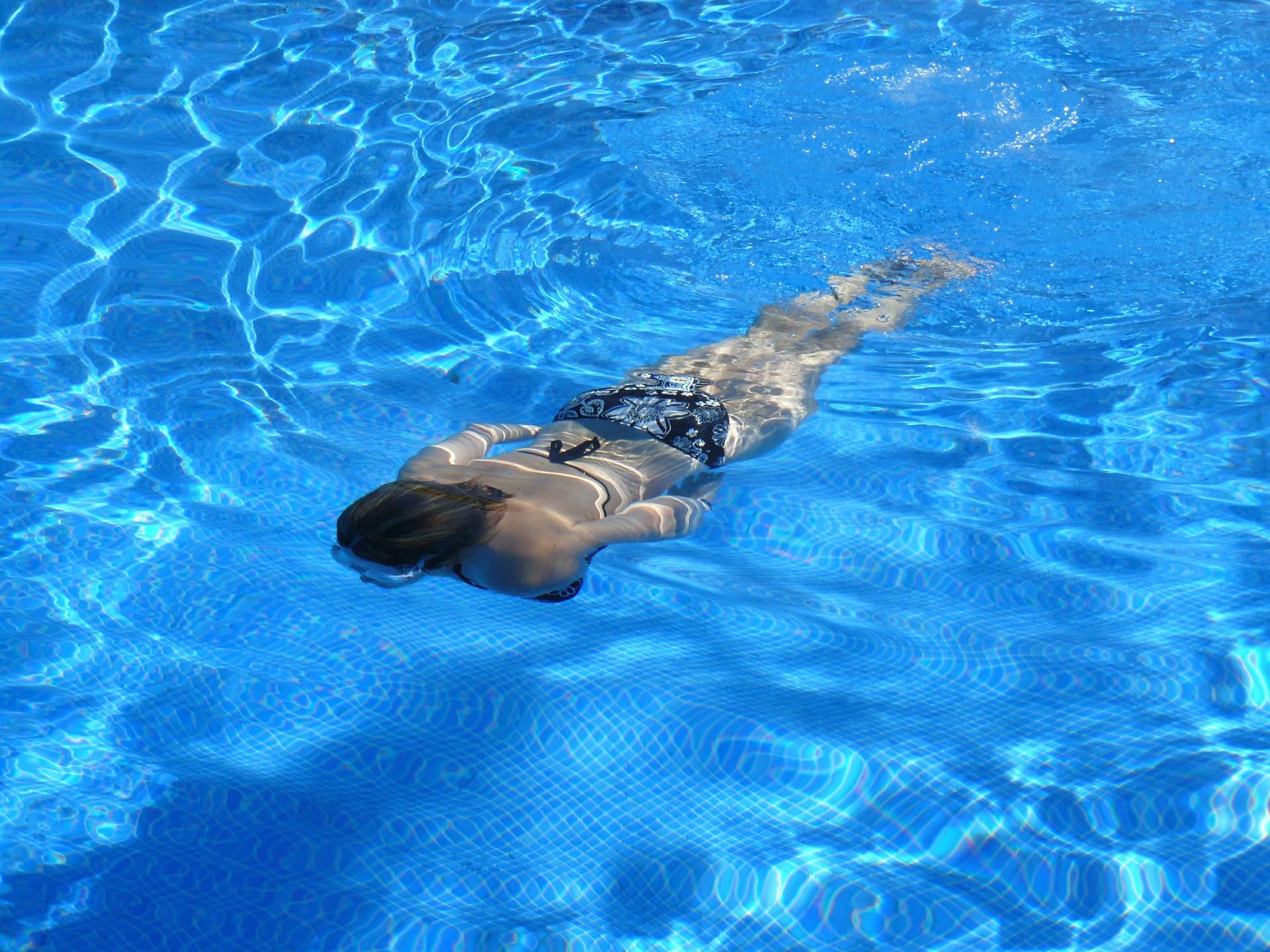
Photo by Pixabay
Pool safety is a priority for any parent, especially those with small children. While regular maintenance can protect them from the earaches and rashes that often accompany chemical imbalances, it also makes pool upkeep part of your daily routine. When maintenance is a routine, so is safety. Some safety concerns to consider include:
- Putting barriers around your pool. Use a fence at least four feet high with a self-closing, self-latching gate. Make sure there are no footholds, handholds, or furniture around the fence that a child or beloved pet could use to hoist themselves up and over.
- Installing a pool alarm that sounds when anyone enters the pool area.
- Putting steps and ladders away when there is no adult supervision around above-ground pools.
- Having young kids and weak swimmers wear life jackets.
- Removing pool toys and floats when they’re not in use so they don’t entice kids to enter the pool.
- Using safety nets or mesh coverings when a fence isn’t an option or as an added layer of protection.
- Keeping water from collecting on the cover of the swimming pool.
The number one safety rule for houses with pools is to keep children under active supervision at all times. You should always watch over young kids, even if they can swim. A responsible friend or family member should focus an undistracted eye on the water when people are in the pool; be sure no one ever swims alone. Using barriers and technology is one layer of safety — education and regulations are another.
Making Safety a Priority for the Whole Family
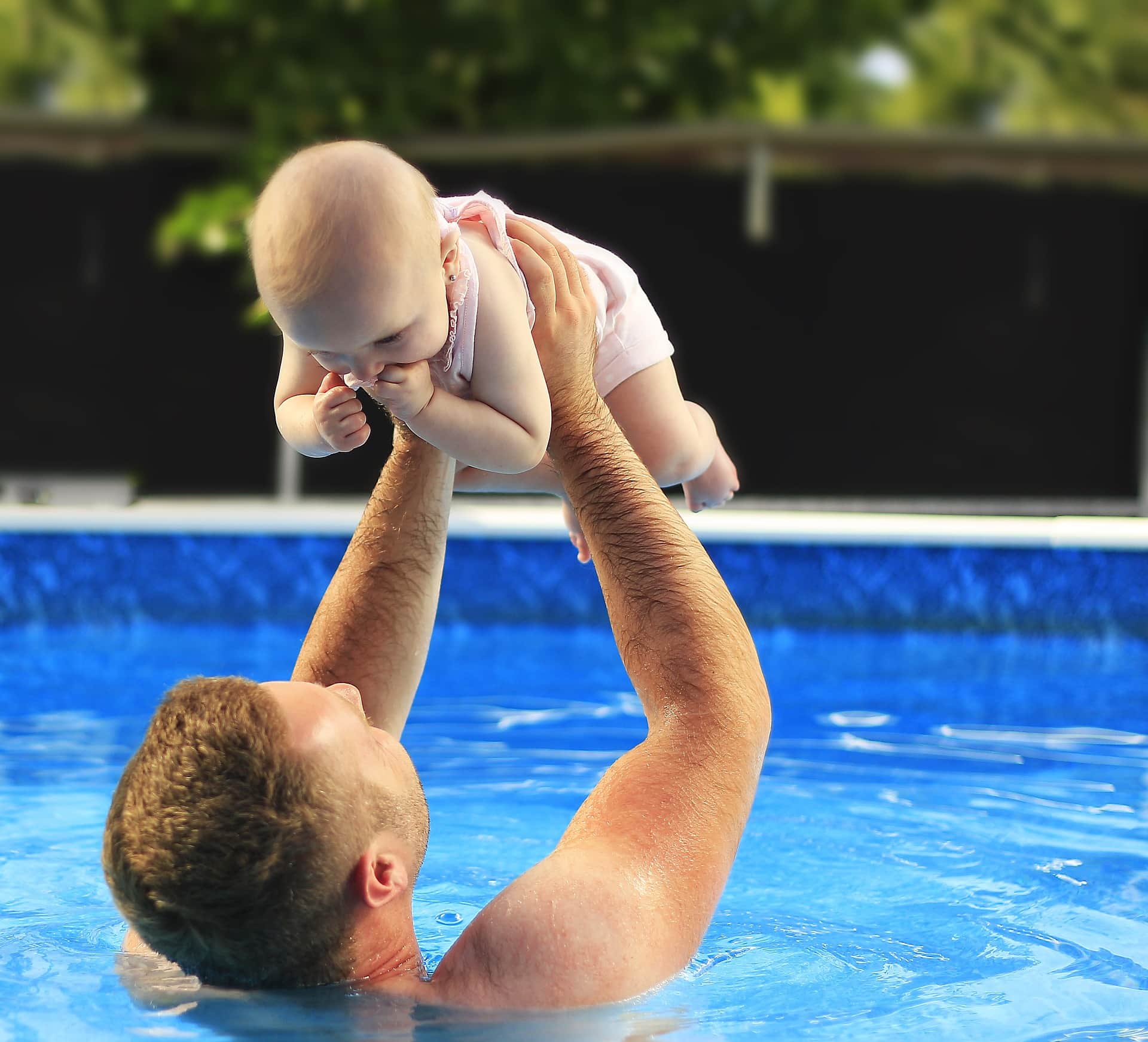
Photo by Pixabay
Swimming pools are a place for fun, but they are also a place that requires respect. Establish and enforce rules to help ingrain safe behaviors into your family’s pool practices. You can help support and encourage them to make safety a priority by:
- Giving everyone first-aid and CPR training.
- Posting pool rules, such as no diving, no tricycles or riding toys, no electrical appliances, no running, and no glass containers.
- Clearly marking the water depth as it changes.
- Making sure all people who enter the pool have had swimming lessons.
- Avoiding the pool if you have open wounds or feel ill.
- Using the restroom before entering the pool.
- Staying hydrated.
- Using all pool equipment, like slides and diving boards, properly.
As a swimming pool owner, safety and maintenance are priorities for making sure the people you love enjoy your backyard. Rules for the pool and patio area will empower them to prioritize safety, while keeping the area clean and maintained will save you money on costly repairs. It may take time and won’t always be easy, but the effort is worth it. Enjoy poolside life stress- and worry-free knowing that your swimming pool is well-maintained and the rules are respected.
